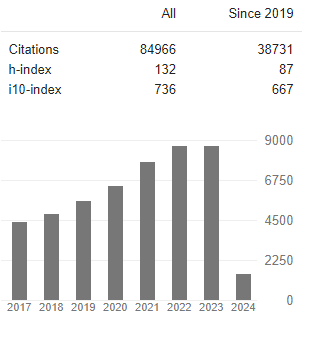Changes in Metabolic Rate, Excretion, Energy Reserves, and Starvation Response of Diploid and Triploid Salvelinus Fontinalis and Diploid O. Mykiss after Long-Term Exposure to Elevated Temperature
Abstract
Franz Lahnsteiner
Background: In fish culture metabolic rate (oxygen consumption), and excretion of particular and dissolved waste products are important parameters limiting the production capacity and influencing the environment. Data on their changes in response to elevated temperature are important for future management of fish farms. Therefore, these parameters were investigated in diploid (2n) and triploid (3n) Salvelinus fontinalis and 2n Oncorhynchus mykiss exposed to 20°C for 32 d in comparison to fish acclimated to 9 °C. Additionally energy reserves were investigated as important indicators for fish performance.
Results: At 20°C routine metabolic rate (RMR) of 2n S. fontinalis decreased with increasing exposure time and after 32 d it did not differ from 9 °C. Also, in O. mykiss RMR decreased with exposure time but remained 60 % higher than at 9°C. In 3n S. fontinalis exposed to 20°C RMR was constantly increased for 120%. For all species/ploidy levels faeces dry weight and phosphorus concentration and quantities of excreted dissolved nitrogen and phosphate did not differ between 9°C and 20°C. Lipid concentration of faeces was decreased at 20°C. With exception of O. mykiss also faeces protein was decreased at 20°C. In all species/ploidy levels liver glycogen and visceral fat was decreased at 20°C, while liver triglycerides and adenylate energy charge were not affected. In 2n and 3n S. Salvelinus temperature related responses to 5-d starvation were investigated. In 2n S. fontinalis RMR decreased in starving fish in comparison to fed ones at 9°C and increased at 20°C. RMR of 3n S. fontinalis did not change. For both ploidy levels, dissolved excretion was decreased due to starvation at 9°C and 20°C. Visceral fat decreased due to starving at 9°C, liver glycogen and triglycerides at 20°C.
Conclusion: In Salmonidae species and ploidy dependent types of metabolic thermal compensation occurred after exposure to 20°C. Effects on waste products were minor for all investigated species and ploidy levels. Exposure to 20°C represented an energetic stress situation as the visceral fat and liver glycogen depots were depleted. Consequently, at elevated temperature starving can result in a critical energetic stress situation which might lead to complete exhaustion of energy resources.




